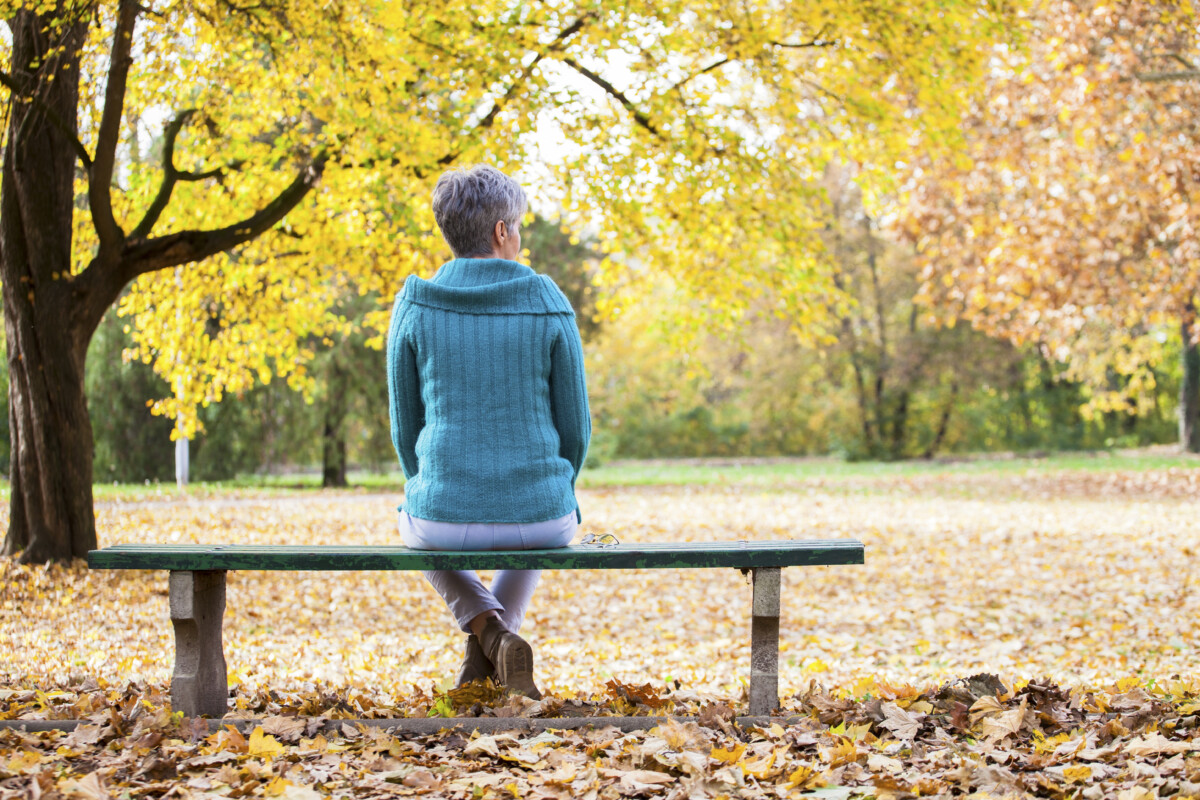Winter Pattern Season Affective Disorder

December 21 is the Winter Solstice, the shortest day of the year. On Dec 22, daylight will last just a little bit longer. The trend will continue until June 20, the Summer Solstice and the longest day of the year. During this time of year, some people suffer from a seasonal depression known as “winter pattern seasonal affective disorder” or “winter pattern SAD”.
People who suffer from winter pattern SAD exhibit a marked increase in depression during a particular season of the year. (While SAD can occur during the summer, it is much more common in winter.)
Symptoms of winter pattern SAD include:
- Having low energy
- Hypersomnia (excessive sleepiness)
- Overeating
- Weight gain
- Craving for carbohydrates
- Social withdrawal (feel like “hibernating”)
Some people are at increased risk of getting winter pattern SAD. Women are four times more likely than men to suffer from this condition. People who live further from the equator are more likely to get it than those who live nearer to the equator. In the United States, for instance, people in New England are more likely to suffer from it than people in Florida. Those with a family history of winter pattern SAD and those who suffer from depression are both at increased risk of winter pattern SAD. Younger people are more likely to get it than older people.
Fortunately, there are ways to treat winter pattern SAD. Light therapy, medication and cognitive behavioral therapy have all been shown to help. Light Therapy for the Winter Blues | Rush Memorial Hospital
If you think you may suffer from winter pattern SAD, don’t brush it off as trivial just because it’s a short-term condition. Any form of serious depression needs to be recognized and treated. Seek help from your primary care provider or from a licensed counselor.
RMH Behavioral and Mental Health Services: 765-932-7591
